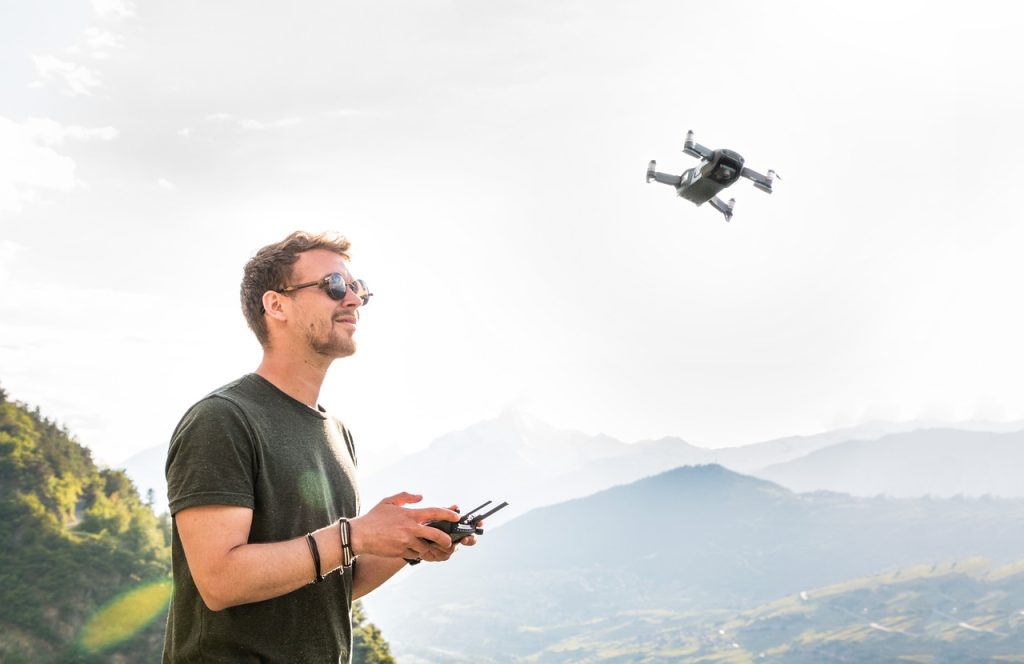Flying a drone can range from easy to challenging, depending on the type of drone and the skill level of the operator. For beginner-level drones, the controls are often simple and intuitive, allowing even those with no prior experience to start flying relatively quickly. However, as the complexity of the drone increases, so does the difficulty of flying it.
One of the key factors that affects the difficulty of flying a drone is the type of control system used. Most beginner-level drones use a simple radio controller, which typically features a joystick or two to control the drone’s movements. These drones are often easy to fly, as they typically have limited flight capabilities and are designed to be stable and easy to control.
However, more advanced drones, such as racing drones or professional-level aerial photography drones, often use more complex control systems. These drones may use a combination of joysticks, buttons, and other controls to perform advanced maneuvers, such as flips, rolls, and complex aerial acrobatics. Flying these drones requires a higher level of skill and experience, and can be more challenging for beginners.
Another factor that affects the difficulty of flying a drone is its size and weight. Larger and heavier drones are typically more difficult to fly, as they are more affected by wind and other environmental conditions. Additionally, larger drones often have more powerful motors, which can make them more difficult to control, especially for beginners.
The complexity of the drone’s flight controls is also a factor that can affect the difficulty of flying a drone. More advanced drones often have additional features and capabilities, such as GPS navigation, obstacle avoidance, and automatic flight modes, which can make flying more complex and challenging. Some drones even have the ability to fly autonomously, using a combination of sensors and algorithms to navigate and fly the drone without human intervention.
For those who are new to drone flying, it’s important to start with a beginner-level drone and gradually work their way up to more advanced drones as they gain experience and confidence. Additionally, it’s important to read the user manual and familiarize yourself with the drone’s controls and flight capabilities before attempting to fly it.
It’s also recommended to practice flying in a safe and controlled environment, such as a large open field, to get a feel for the drone’s handling and control characteristics. Additionally, many beginner-level drones come with training modes that can help new pilots learn how to fly, such as automatic take-off and landing, hover modes, and other features that make it easier to fly the drone and improve your skills.
In conclusion, the difficulty of flying a drone can range from easy to challenging, depending on the type of drone and the skill level of the operator. For beginner-level drones, the controls are often simple and intuitive, making it relatively easy to start flying. However, as the complexity of the drone increases, so does the difficulty of flying it, and more advanced drones may require a higher level of skill and experience to fly effectively. It’s important for new pilots to start with a beginner-level drone, familiarize themselves with the drone’s controls and flight capabilities, and practice flying in a safe and controlled environment.







